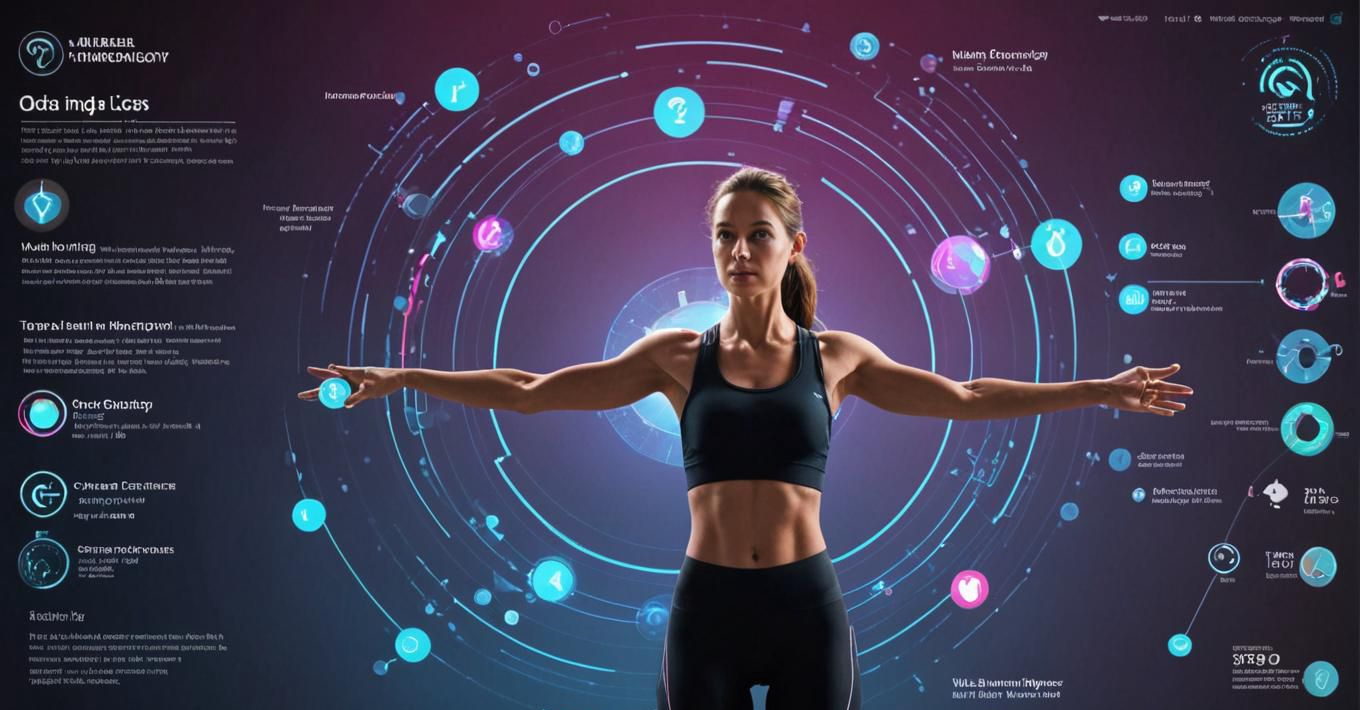Understanding Wearable Health Metrics: What Do They Mean?
Wearable health technology has become an integral part of modern life. From tracking your steps to monitoring your heart rate, these devices provide a treasure trove of data. But do you truly understand what these metrics mean and how they can improve your health? Let’s dive deep into the world of wearable health metrics to help you make the most of your fitness tracker or smartwatch.
Introduction
Wearable technology has come a long way from simple pedometers to sophisticated devices capable of measuring various health parameters. Whether you’re an athlete, a casual fitness enthusiast, or someone simply curious about their health, wearable devices like smartwatches and fitness trackers have something to offer. They provide detailed insights into your physical activity, sleep patterns, and even stress levels. But what do these metrics mean, and how can you use them to live a healthier life?
What Are Wearable Health Metrics?
Wearable health metrics are the data points collected by fitness trackers, smartwatches, and other wearable devices. These metrics measure various aspects of your physical health and lifestyle, such as the number of steps you take, your heart rate, and even how well you sleep at night.
These insights are meant to empower users to understand their bodies better and make informed decisions about their health. But without proper context, the numbers can often feel meaningless or overwhelming.
How Wearables Collect Health Data
Sensors and Technology
Most wearable devices are equipped with advanced sensors, including accelerometers, gyroscopes, and optical sensors. These sensors measure movements, changes in direction, and even light absorption by your skin to track your activity levels, heart rate, and other health metrics.
For example, optical heart rate monitors use light to detect blood flow under the skin, providing real-time data on your heart rate. Some devices also use thermometers and electrical sensors to gather even more precise data.
The Role of Algorithms
The raw data collected by sensors is processed using complex algorithms to provide meaningful insights. These algorithms interpret your movements, differentiate between activities like walking or running, and estimate calorie burn or stress levels.
Wearable devices rely on machine learning models trained on large datasets to improve the accuracy of their readings over time.
Most Common Health Metrics Explained
Step Count
The step count metric tracks the number of steps you take throughout the day. While this is one of the simplest metrics, it serves as a fundamental measure of your activity level. A daily goal of 10,000 steps is often recommended for general health, although this number may vary based on individual goals.
Heart Rate
Your heart rate is a crucial health indicator that wearable devices monitor continuously. It provides insights into your resting heart rate (RHR), exercise intensity, and overall cardiovascular health. A high RHR might signal stress or potential health issues, while a low RHR in athletes often reflects good fitness levels.
Sleep Tracking
Sleep tracking metrics reveal how much time you spend in various sleep stages—light, deep, and REM sleep. By analyzing these stages, wearables can give you a “sleep score” and recommendations to improve your sleep hygiene.
Calorie Burn
Calorie tracking estimates the number of calories you burn throughout the day. This metric combines your basal metabolic rate (BMR) and activity level, providing a picture of your daily energy expenditure.
Blood Oxygen Levels (SpO2)
The SpO2 metric measures how well your body distributes oxygen through your bloodstream. A healthy SpO2 level typically ranges between 95% and 100%. A low reading may indicate respiratory or circulatory issues, making this metric particularly useful during workouts or at high altitudes.
Advanced Metrics in Wearable Technology
Heart Rate Variability (HRV)
HRV measures the variations between heartbeats. It’s a key metric for understanding your stress levels, recovery, and overall fitness.
VO2 Max
VO2 Max estimates the maximum amount of oxygen your body can use during exercise, reflecting your aerobic fitness. Athletes often use this metric to optimize their training programs.
ECG and AFib Detection
Some wearables include an electrocardiogram (ECG) feature, which can detect irregular heart rhythms like atrial fibrillation (AFib). This is a game-changer for those at risk of heart-related conditions.
Stress Monitoring
Stress monitoring uses a combination of HRV, skin temperature, and activity data to assess your stress levels. Wearables often pair this with guided breathing exercises to help users relax.
How Accurate Are Wearable Health Metrics?
Accuracy varies depending on the device and the metric being measured. For example, step counting is generally reliable, while calorie burn estimates can vary significantly. Heart rate monitors are typically accurate during rest but may struggle during high-intensity workouts. To get the most reliable data, ensure your device fits snugly and is worn correctly.
Benefits of Understanding Your Health Data
By understanding your wearable health metrics, you can:
- Improve fitness performance: Metrics like HRV and VO2 Max can help you fine-tune your training regimen.
- Detect health issues early: Data like heart rate and SpO2 can alert you to potential health concerns.
- Enhance sleep quality: Sleep tracking helps you identify patterns and make changes to achieve restful nights.
